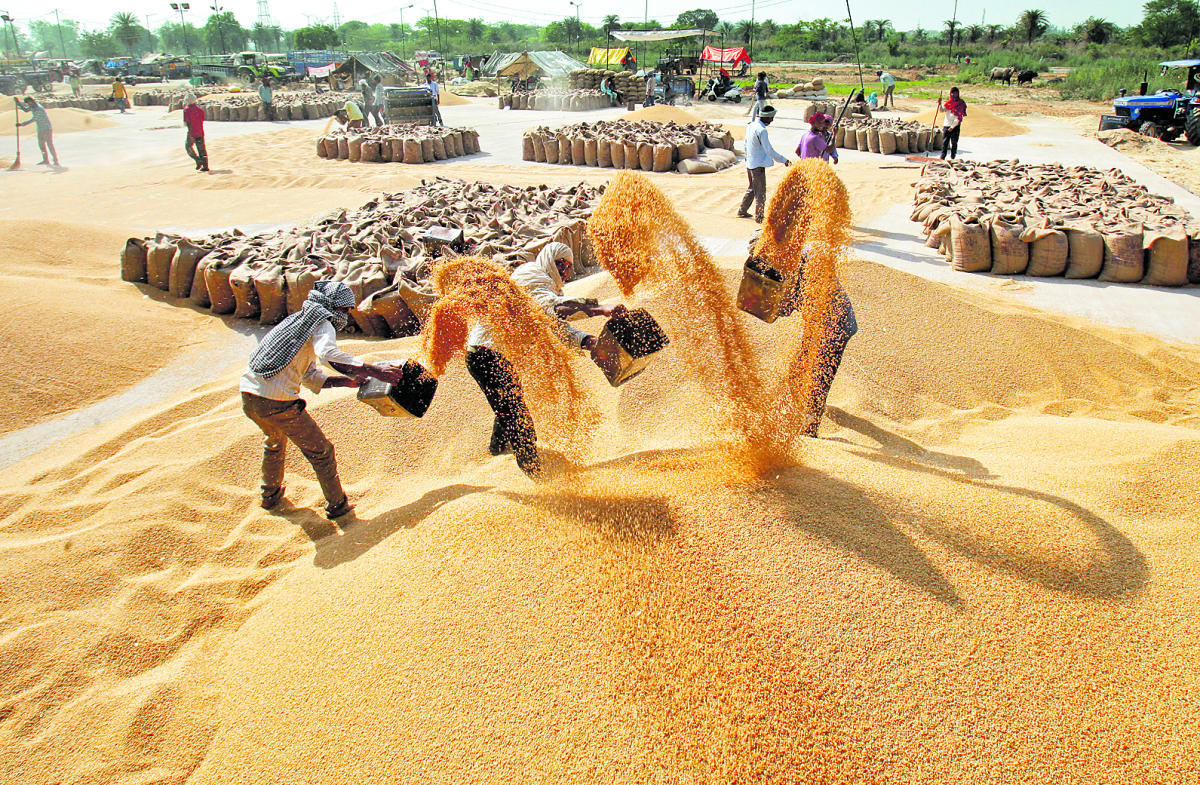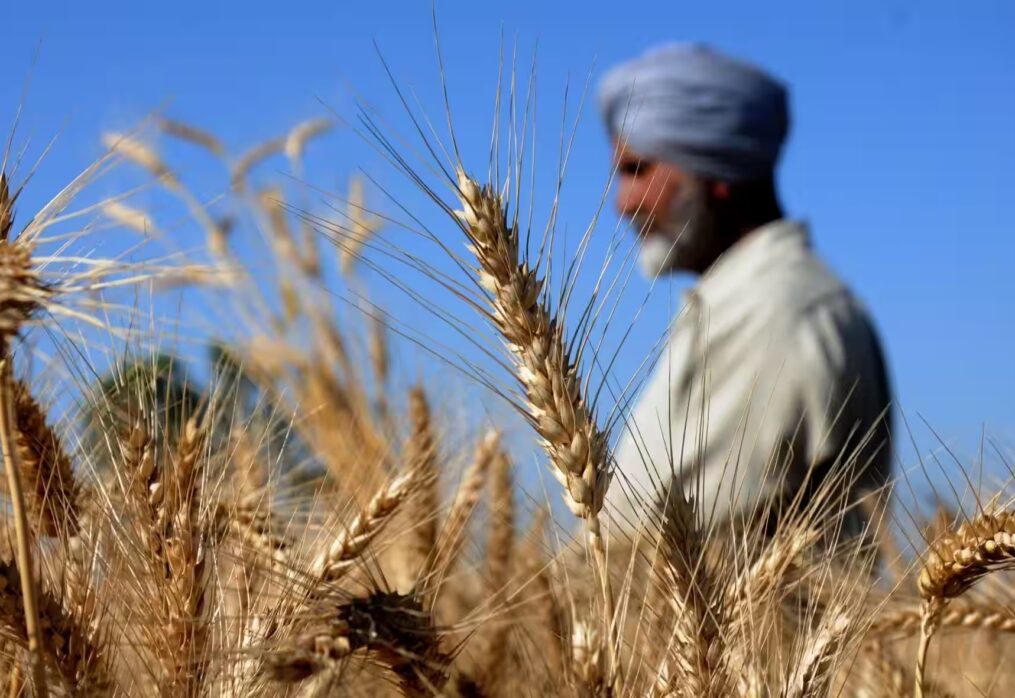India is expecting a wheat yield increase
Heat-resistant wheat varieties boost yields in India
Today, new heat-resistant wheat varieties account for the vast majority of India‘s wheat crops. Combined with favorable factors such as good weather, growing acreage, and additional acreage planted with new high-yielding varieties, India is expecting a sharp increase in wheat yields as early as 2023.
According to Gyanendra Singh, director of the Indian Institute of Wheat and Barley Research (IIWBR), India will harvest 112 million tons of wheat in 2022-2023. Singh notes that this figure is almost 5 million tons more than the previous harvest season.
As of early 2023, India’s crop area was in its best condition. Singh explains that favorable winter weather and an early end to the planting campaign also helped. This season’s wheat area is 33 million hectares, he noted. It is expected to increase by 1.5 million hectares compared to the previous period in 2022.
Punjab, Haryana, Uttar Pradesh, Madhya Pradesh, and Rajasthan are considered some of the most important wheat-growing states in India. Some of the high-yielding varieties planted in Indian fields include DBW 187, DBW 303, DBW 222, and HD 3226. At the same time, DBW 187 and 303 varieties were recommended for larger fields. Now the government of India is helping local farmers to buy seeds of new varieties. In this way, the farmers intend to promote a variety changing.
Some of the high-yielding varieties planted in Indian fields include DBW 187, DBW 303, DBW 222, and HD 3226. At the same time, DBW 187 and 303 varieties were recommended for larger fields. Now the government of India is helping local farmers to buy seeds of new varieties. In this way, the farmers intend to promote a variety changing.
Together, these measures help to reduce the area planted with older varieties which are more susceptible to adverse weather and diseases. It is also noted that the new wheat varieties contribute to a significant increase in yields of more than 10 quintals per hectare. At the same time, the yield capacity has a figure of 10-15 quintals per hectare. These figures demonstrate the high quality of the new varieties of grain, as well as their stress tolerance and immunity to changing weather conditions.
Singh notes that Indian farmers have been lucky with the weather this season. In early 2023, the country saw extremely favorable weather conditions for growing crops. Light precipitation and cold weather had a positive effect on crops, encouraging tillering and thereby increasing yields. Fog also contributed to a good crop, due to increased humidity in the air. Earlier in the year, the northern part of the country was covered in very thick fog.
Cereals also became more resistant to disease. In the states of Punjab and Haryana, for example, no cereal diseases such as yellow rust and fungus were observed.
